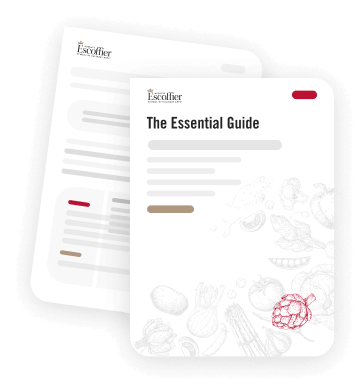Three Types Of Homemade Pasta To Try In Your Own Kitchen

Once you’ve mastered our tips for cooking perfect al dente pasta, you may be ready to put your online culinary course training to work on a lightly more daring endeavor: making fresh pasta. This may seem like an intimidating feat, but it’s actually much easier than you think! As you learn to cook online, the right tools and a few fresh ingredients can help you can make homemade pasta that your friends and family will love. It only takes about 20 minutes, and the change in flavor and texture may surprise you. Before you head into the kitchen and start kneading, learn about the different types of pasta you can make at home:
Water pasta
As its name implies, water pasta is made simply from water and flour. If you’re looking for a lighter variety, water pasta is the way to go. It will pair well with almost any sauce (we recommend sweet tomato) and will help hit your pasta craving without making you feel too full. Because there are only two ingredients, it’s important to follow a recipe to make sure you have the right quantities of flour and water. If it’s even a little bit off, you might end up with pasta that is the wrong consistency, which will not cook or prepare properly.
Egg pasta
In authentic Italian cuisine, egg pasta is king. This variety has a richer, more substantial flavor than water pasta, and will also stand up well to the thickest of sauces (butter is a common favorite). Egg pasta recipes are made of only eggs and flour, and will need to be kneaded for at least 10 minutes to make sure that they are thoroughly combined. These delicious noodles can be cut into most popular pasta shapes, or can be used as the base for filled kinds like ravioli.
Whole wheat pasta
It seems like everyone’s into being healthy lately, and you can bring this movement into your home kitchen by making whole wheat pasta. With more fiber, carbohydrates and protein than regular all-purpose flour, whole wheat flour makes for an energy-packed pasta dish that will keep you going throughout the day. Making whole wheat pasta is pretty similar to making water pasta – just be sure to watch the dough’s consistency carefully as it forms, because whole wheat flour is denser than all-purpose flour and you will not need to use as much.
and stay up to date with industry news, culinary demostrations and the newest cooking trends!

